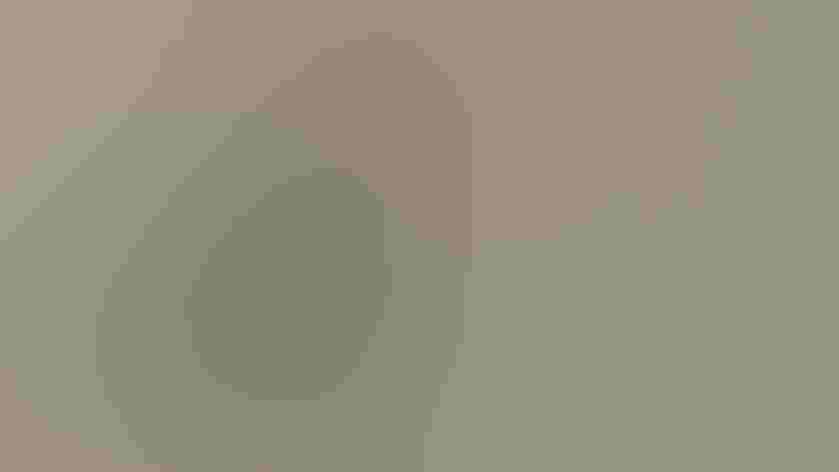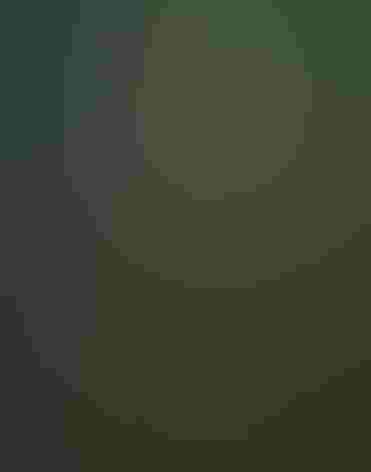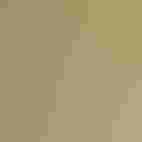Ruby-throated Hummingbird
At a Glance
Hundreds of kinds of hummingbirds nest in the American tropics, and more than a dozen in the western U.S., but east of the Great Plains there is only the Ruby-throat. There it is fairly common in summer in open woods and gardens. Hovering in front of a flower to sip nectar, it beats its wings more than 50 times per second. Impressive migrants despite their small size, some Ruby-throats may travel from Canada to Costa Rica.
All bird guide text and rangemaps adapted from Lives of North American Birds by Kenn Kaufman© 1996, used by permission of Houghton Mifflin Harcourt Publishing Company. All rights reserved.
Category
Hummingbirds
IUCN Status
Least Concern
Habitat
Coasts and Shorelines, Forests and Woodlands, Shrublands, Savannas, and Thickets, Urban and Suburban Habitats
Region
Eastern Canada, Florida, Great Lakes, Mid Atlantic, New England, Plains, Southeast, Texas, Western Canada
Behavior
Flitter, Hovering, Rapid Wingbeats
Population
36.000.000
Range & Identification
Migration & Range Maps
Almost all leave North America in fall, wintering from Mexico to Costa Rica or Panama. Some may cross Gulf of Mexico but many go around, concentrating along Texas coast. In spring, males move north earlier than females.
Description
3 1/2" (9 cm). Adult male has iridescent ruby throat, looking black in most lights. White chest contrasts with dark throat, green sides; tail all black, forked. Female green above, whitish below, with white tips on outer tail feathers; best identified by range.
Size
About the size of a Sparrow
Color
Black, Green, Red, Tan, White
Wing Shape
Narrow, Rounded, Short
Tail Shape
Multi-pointed, Notched, Rounded, Square-tipped
Songs and Calls
Mouse-like, twittering squeaks.
Call Pattern
Flat
Call Type
Buzz, Chirp/Chip, Trill
Habitat
Gardens, wood edges. Summers in a variety of semi-open habitats, including open woods, clearings and edges in forest, gardens, city parks. Winters mostly in rather open or dry tropical scrub, not usually in rain forest. Migrants may pause in any open habitat with flowers.
Sign up for Audubon's newsletter to learn more about birds like the Ruby-throated Hummingbird
Behavior
Eggs
2. White. Incubation is by female only, 11-16 days.
Young
Female feeds the young. Nest stretches as young grow. Age of young at first flight about 20-22 days. Usually 1-2 broods per year, sometimes 3. Female may begin building second nest while still feeding young in the first.
Feeding Behavior
At flowers, usually feeds while hovering, extending its bill and long tongue deep into the center of the flower. At feeders, may either hover or perch. To catch small insects, may fly out and take them in midair, or hover to pluck them from foliage. Sometimes takes spiders (or trapped insects) from spider webs.
Diet
Mostly nectar and insects. Takes nectar from flowers, and will feed on tiny insects as well. Favors tubular flowers such as those of trumpet vine. Will also feed on sugar-water mixtures in hummingbird feeders.
Nesting
In courtship display, male flies back and forth in front of female in wide U-shaped "pendulum" arc, making a whirring sound on each dive. Also buzzes back and forth in short passes in front of perched female. Nest site is in a tree or large shrub, 5-50 feet above the ground, usually 10-20 feet. Placed on horizontal branch or one that slopes down from tree, usually well surrounded by leafy cover. Nest (built by female) is a compact cup of grasses, plant fibers, spider webs, lined with plant down. The outside is camouflaged with lichens and dead leaves.
Conservation
Conservation Status
Thought to have declined in some regions in recent years, but surveys show no distinct downward trend.
Climate Threats Facing the Ruby-throated Hummingbird
Choose a temperature scenario below to see which threats will affect this species as warming increases. The same climate change-driven threats that put birds at risk will affect other wildlife and people, too.












